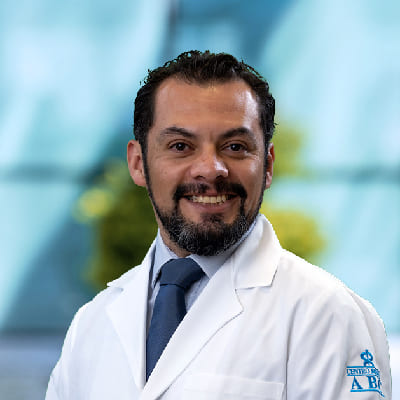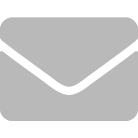Obstructive venous diseases include:
Nutcracker syndrome
Also known as left renal vein compression (LRV), it is an under-recognized problem that can cause many symptoms. Compression of the LRV between the superior mesenteric artery and the aorta is known as the nutcracker phenomenon. When this compression is associated with symptoms, it is called nutcracker syndrome.
The compression of the renal vein obstructs the passage of blood from the kidney to the vena cava, this causes venous hypertension, the formation of varicose veins and collateral veins that cause the symptoms.
This syndrome occurs more frequently in women in their 30s to 40s.
Nutcracker syndrome symptoms
The main symptoms are pain in the left side of the abdomen, radiating to the buttock, and the presence of blood in the urine. It can also produce symptoms of pelvic venous congestion in women and varicocele in men due to massive reflux into the left gonadal vein.
Pelvic congestion symptoms (PCS) are chronic pelvic pain, a feeling of heaviness in the pelvis mainly when standing or sitting for extended periods, dyspareunia (pain during sexual intercourse), dysmenorrhea (pain during menstruation), and urinary (pain when urinating, excessive urinating, urgency to urinate) or rectal symptoms (constipation).
Diagnosis and Treatment for Nutcracker Syndrome
Color Doppler ultrasound, ct angiography, and MRI are used for diagnosis. Venography can also be performed when using a more invasive approach, during which definitive treatment can also be performed.
Only patients with nutcracker syndrome (symptoms) and severe symptoms, without improvement with medical treatment, should undergo endovascular or open surgery.
Open surgery may consist of cutting and reimplantation of the renal vein or superior mesenteric artery in a position that avoids compression of the vein, kidney auto transplant, or a left renal vein bypass. These procedures are highly invasive and entail great morbidity, which is why they are rarely used.
Currently, the endovascular approach is preferred, with embolization (closure with small coil) of the left gonadal veins and those flowing to the renal vein to prevent reflux and hypertension, as well as dilatation of the left renal vein with stents to remove obstruction caused by the superior mesenteric arteries and abdominal aorta. Recovery is very fast and can be performed on an outpatient basis.
May-Thurner syndrome
May-Thurner syndrome (MTS) is a compression of the left common iliac vein by the right common iliac artery against the lumbar vertebrae. When there are no symptoms it is called the May-Thurner phenomenon, when these occur it is known as syndrome.
A partial obstruction can be mild and remain asymptomatic; more severe obstruction can cause thrombosis with significant symptoms.
MTS is poorly understood, but we do know that it is an important cause of proximal vein thrombosis.
May-Thurner risk factors
Risk factors are: being a woman, postpartum, multiparous, use of oral contraceptives, or individuals with spinal abnormalities. Dehydration and procoagulant states are highly influential in cases of MTS and thrombosis.
May-Thurner syndrome
Symptoms range from occasional slight left lower limb edema to severe, painful, and disabling edema. Other symptoms may resemble those of chronic venous insufficiency: varicose veins, edema, pain, itching, changes in skin color, etc.
The typical appearance is a young woman with sudden edema of the entire left lower limb.
Diagnosis and treatment for May-Thurner syndrome
The diagnosis is made, in addition to the clinical suspicion, with a Doppler ultrasound or a CT angiography and is confirmed with venography in which thrombosis and stenosis treatment can be given.
Asymptomatic patients or patients with mild symptoms are not treated surgically.
Intravascular ultrasound is used to make a more precise diagnosis. When there are clots, systems that break and/or aspirate them are used and stents are placed to avoid extrinsic compression.
The main treatment goal, in addition to relieving symptoms, is to prevent post-thrombotic syndrome, a disease that can seriously affect the quality of life in the long term.
At the Cardiovascular Center, we offer you a wide range of diagnoses, timely treatment, and follow-up services to take care of your arteries and veins.
Fuente:
Dr. Claudio Alberto Ramírez Cerda – Vascular and Endovascular Surgery specialist at the ABC Medical Center.


